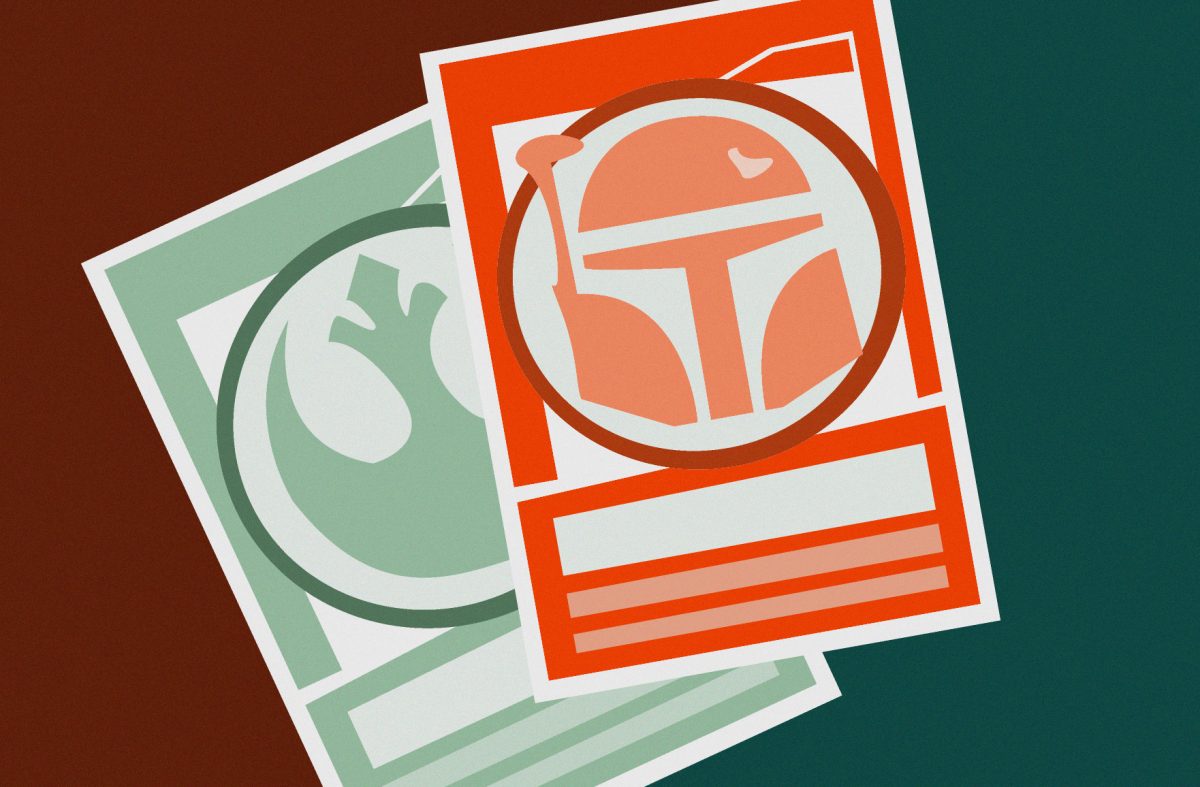Two weeks ago the highly anticipated “Destiny” expansion, “The Taken King,” was released. The game is regarded by most as a huge improvement for the series, achieving much more than just the expected added maps, items and heightened level cap. It’s a major addition to the game developer’s 10-year plan, under which they intend to release new downloadable content (DLC). That’s right — 10 years. So for the next eight years, Bungie is expecting to produce more and more content for Destiny, charging either $20 to $40 for each release. It’s not an entirely new model. It’s something “World of Warcraft” has been doing for years: expansion packs that add content to the game. We like to think it means the developers want to keep adding content to the game so we never get bored with it. We like to think we’re getting what we’ve always gotten: an original functioning game with only more and more content to be added on. I don’t think the idea is really so friendly, though. This is, after all, a new world of gaming we’ve entered, and I believe it’s fundamentally changed how games are constructed.
The new version of mainstream gaming is structured around a game’s capability to produce downloadable content. DLC is typically defined as additional content that is added to the vanilla game post-release — for an added price. If companies want to make a profit on video games, the main concern for developers is how to get the player to purchase the DLC. The basic idea is then that the original game must be made with the intention of being completed. You may think, “Duh, of course games should be made to be completed.” However, I do not think that has always been the view that developers have worked from. It might be the case if you look at the use of sequels and spinoffs, but looking at the history of how games work, I think this shift is representative of a larger change.
For a while story in games didn’t matter. Classic hits like “Spyro,” “Mario Bros.” and “Sonic” didn’t really need a story to operate. Story was confined to the genre of RPG and, for a while, never really played a big role in games outside that genre. Games were really just a sum of their functions as a game. The motivation to complete a game was driven on difficulty as opposed to story. The ability to get better at a game was the driving force to see the game to completion. The story of, say, “Starcraft” was not necessary. You could beat it, but you could also fail to beat it, or you could choose not to play it at all and stick to the online multiplayer play. Because the story didn’t make the game — the gameplay did. Maybe audiences were more concerned with how a game functions as a game, because we were still used to the original arcade games, which didn’t have stories. Gaming at this point was still something of a niche activity.
The problem is that gameplay becomes stale over time. Sure, designers could keep inventing new features and functions, but that’s difficult and can be expensive. It’s much cheaper to change the story. And sometime in the Sixth Generation console era, you see this transition. For the first time “Mario” actually had a story in “Super Mario Sunshine.” A major contributor to this was a shift of focus from gameplay to the visual and the visceral. Stories thrive thanks to environment, tone and voice acting. The more you can fit in a game, the greater and grander the story you produce can be.
Story then becomes the driving force for games. You can retain the same gameplay elements but create entirely different games simply by changing how the story works. A new story, a new game.
So we get cool new games that are unique, and we get an expansion of the in-game universe — what’s so bad about that? Well, we then get some serious abuses of this power. DLC really only works if you run out of things to do in the original game. You’re usually not compelled to see more story-related content when you haven’t even completed the main story in-game. Similarly you are not compelled to download extra content while you still have incomplete content in the original game. Of course it’s possible to get around this by developing new features. “Skyrim,” which has an incredible amount of content, released an expansion called “Hearthfire,” which introduces a new house-building system. However, this is not typical. What is typical is adding additional story content. We absolutely love it. For some reason, even in stories that are completely nonsensical, like “BioShock: Infinite,” we still want that DLC.
If story provides the drive to completing the game, then gameplay is the opposing force that has to be overcome. This is where the problem of DLC lies. The path to more DLC is blocked by the game itself. What we get is that nearly any mainstream Triple A game needs to have an easily completable storyline. Anything too difficult or grindy needs to be carried off as side story or removed entirely. There can be nothing in the way of the main storyline of the game. Anything too difficult gets in the way of the story experience, meaning it prevents the player from completing the game, which means the player loses motive to purchase DLC. Notice that this has nothing to do with how compelling a story is, nor does it take into account a player’s ability to learn.
Gaming then becomes an “on-rails” experience. The term used to be used for games with zero movement control, where all you do was shoot at the targets. Now it’s come to represent the illusion of control, the idea that a linear path and linear story is somehow influenced and directed by player choice. The story has to be easily completable, so easy that you do not even need to pay attention to complete it. The main storyline in Skyrim can be completed at level 1, and not just because enemies scale. Your mission is always clear, with definite markers that give you a path directly to where you need to go. There’s even an already-completed map. You don’t have to memorize information, nor do you have to be all that proficient at the game. This is the intention that is required for DLC to work.
“Borderlands” was the first game to really take advantage of this system. Before, DLC was typically one of two types: alternative aesthetics, like costumes or new characters, or alternative objects, which would be new enemies, new equipment or new maps. Anything else was typically just made into an entirely new game, which would be considered an expansion pack.
“Borderlands” takes all the available stuff and adds new stories. Except the “new story” really isn’t anything new. It’s just an opportunity to maybe bring up an old character or throw in a new, quirky one. They get a little story, you learn a little about the level, and then you get to battle until you get to the new boss. It’s too short to be a new story, but it’s more than simply just a new map. “Borderlands” took major advantage of this with the first game having four new campaigns. The sequel to the game had sixteen separate DLCs. The increased world size and the random generation of equipment keeps the illusion of additional content in a game without affecting the main-stretch of the game. This is done in order to leave the player in a demand of more content while keeping the illusion that there’s already more content in the game than there actually is. The main offender of late is “Destiny.”
“Destiny” has also committed some of the more directly dubious acts of DLC. You see, you can still play “Destiny” without the $40 DLC. It’s not mandatory. However, content has been taken out of “Destiny.” This is entirely different from the idea of what an expansion pack is. The original game has actually been shrunk down, locking players out of content they used to have access to. Perhaps not a very good sign for “Destiny” players in the years to come.











